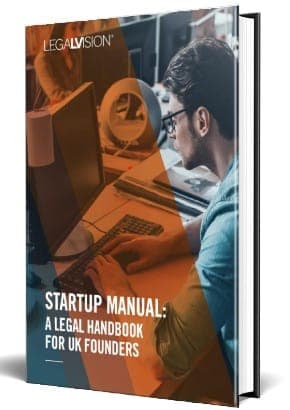If you are a startup owner, you likely understand the importance of how you choose to finance your business. Financing is at the heart of all businesses, regardless of size or place in the corporate life cycle. We tend to think of financing in terms of debt versus equity. However, there are less common methods of financing your business, such as leasing. This article will explain leasing as a form of financing and how it compares to borrowing.
What is Leasing?
Leasing generally describes any contractual arrangement between a lessee and a lessor. The subject of the lease is almost always some sort of valuable asset, such as:
- a car (or fleet of cars);
- expensive machinery;
- an airplane or helicopter; or
- a ship.
You may think of commercial renting as a form of lease. However, in the context of financing considerations, renting commercial property is not generally considered relevant.
How is Leasing a Form of Finance?
Financing describes how a business raises and manages its financial capital. Ideally, your financial management will ensure that your business’s financial capital produces the most value for your business.
When distinguishing between debt and equity financing, borrowing can be a preferred way of raising financing for various reasons. These include:
- the fact that you likely need to borrow money to fund your business;
- debt can enhance shareholder value due to certain effects on the balance sheet; and
- borrowing does not dilute shareholder value.
From this perspective, you can obtain similar benefits from certain lease arrangements. This makes leasing an alternative way to finance the acquisition of certain assets.
Continue reading this article below the formAcquiring Valuable Assets: Borrowing vs Leasing
It is important to specify that as a form of finance, leasing is usually only relevant to acquiring specific assets. Accordingly, we should consider the similarities between the following:
- using a lease agreement to acquire an asset; and
- using debt financing to acquire the same asset.
Effect of Borrowing
Consider the effect of borrowing money to acquire a piece of valuable machinery that your startup needs for £1m. Suppose you approach a lender to borrow the principal sum of £1 m. You negotiate an agreement where the lender gives you £1m up front, which you are to repay with interest. Accordingly, your startup receives £1m in cash, which you record as a current asset on your balance sheet. Simultaneously, you record a corresponding £1m long-term liability on your balance sheet because you must repay the £1m when the loan period ends. Likewise, you incur a current liability equivalent to the loan’s interest cost.
You use this money to acquire the machinery immediately. Accordingly, your current asset decreases by £1m, whereas your fixed assets increase by £1m. The £1m long-term liability remains on your balance sheet, as does the short-term liability to make the annual interest payment. Each year, your accountant will reduce the book value of the machinery under your balance sheet’s fixed assets in what is called depreciation. You can then deduct this amount in the subsequent year from your tax liability.
Otherwise, you can use the machinery, which will, ideally, generate more value in the long run than you will have to use to repay the loan.
The Effect of Leasing
Certain leases, called capital leases or finance leases, give you the right to acquire the asset at the end of the lease, either for free or at a nominal price. These leases last a long time, typically much of the asset’s usable life. However, the effect is that you are essentially making payments towards acquiring the asset.
Accounting rules treat finance leases differently. Namely, you do not immediately increase the size of your assets by the value of the asset. This is because you do not own the asset. Instead, over the life of the lease, your accountant will account for the portion of the asset’s value that you have effectively paid for as if you did own it.
Meanwhile, your liabilities will reflect the long-term obligation to make payments under the lease. This may be equal to the liability figure if you borrowed the amount to purchase the lease. However, as you pay down the lease, the liability figure decreases. A portion of this is also treated similarly to interest on a loan, which is tax deductible.

LegalVision’s Startup Manual is essential reading material for any startup founder looking to launch and grow a successful startup.
Accounting and Tax Considerations
In short, finance leases can be more tax efficient than borrowing. This depends on your circumstances.
Likewise, not all leases are finance leases. For example, an operating lease is the right to use the asset under lease for a specified period. When this expires, you either renew the lease or return the asset. You do not have the chance to acquire the asset. Nevertheless, this can also offer certain tax advantages.
Key Takeaways
Leasing is a form of financing in the sense that you can use it to acquire the use of a valuable asset in a way that maximises your startup’s value. Leases are only appropriate from a financing perspective when considering an acquisition of a valuable asset.
If you need help with your startup, our experienced startup lawyers can assist as part of our LegalVision membership. For a low monthly fee, you will have unlimited access to lawyers to answer your questions and draft and review your documents. Call us today on 0808 196 8584 or visit our membership page.
We appreciate your feedback – your submission has been successfully received.











